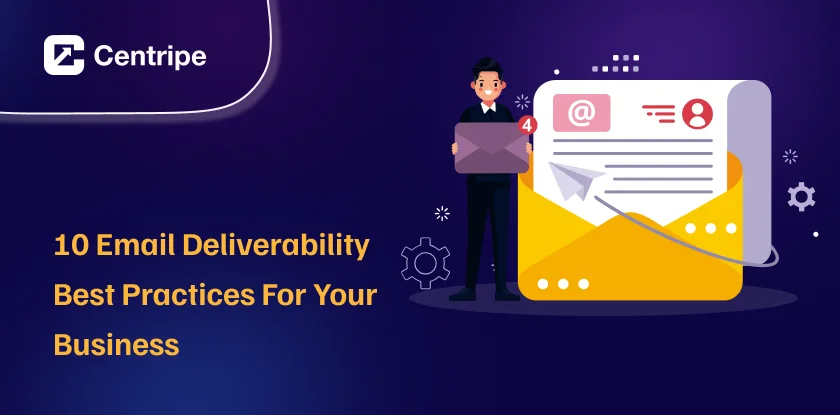If you send emails, you already know the struggle, what’s the point of a great email if it never even reaches the inbox?
Good email deliverability is the key, where your mail reaches to whom it is sent and is not left behind, trapped in spam or any other way lost. And if they don’t get delivered, no one can open them, click them, or take action.
With a few smart habits and the right sending practices, you can make sure more of your emails reach the right people.
In this guide, we’ll share the top best practices to help you improve your email deliverability so your messages have a better chance of being seen, read, and acted on.
What is Email Deliverability
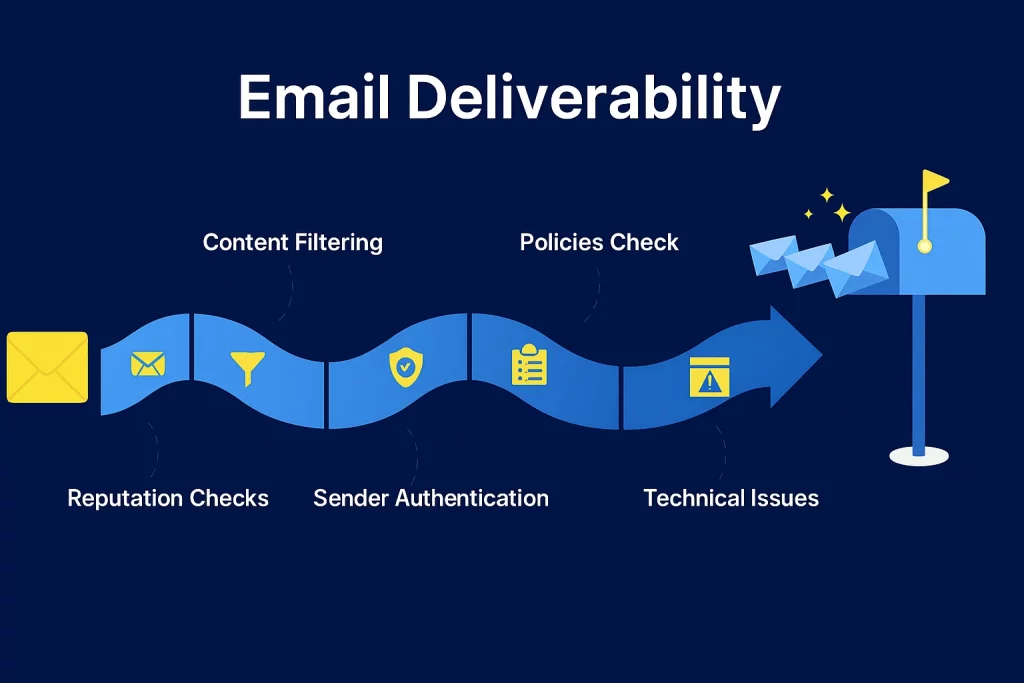
Email deliverability simply means, does your email land in the person’s main inbox?
Not in the spam folder.
Not in the “promotions” tab.
And not blocked completely.
Think of it like the heartbeat of your email work. You can write the best email in the world, send it at the perfect time, and choose the right people… but if it never reaches their inbox, it’s useless.
Inbox placement is what decides if people will even see your email, open it, and act on it. Without that, everything else is just decoration.
The Four Pillars of Email Deleiverability
Before looking into tactics, you need to understand that deliverability rests on four interconnected pillars. If one of them cracks, the entire system can collapse, trust me on this one.
1. Technical Infrastructure
Your email authentication protocols and sending infrastructure form the foundation. Without a proper technical setup, even brilliant content strategies will fail. I learned this one the hard way.
2. Sender Reputation Management
ISPs constantly evaluate your sending patterns, engagement levels, and complaint rates, basically deciding if you’re trustworthy. Managing this means keeping lists clean, avoiding sudden spikes in volume, and sending only what people genuinely want.
3. Content Quality & Relevance
Spam filters don’t just scan for bad words anymore; they run your entire message through machine learning models. The subject line, the structure of your HTML, even that “clever” meme image you added, can raise a red flag. The smartest approach is to keep it clean, valuable, and relevant. When you write like you’re talking to a real human instead of blasting a list, filters notice, and so do your subscribers.
4. Subscriber Engagement
How recipients interact with your emails sends incredibly powerful signals to ISPs about whether your messages are wanted. Gmail’s algorithm, for example, weighs user engagement heavily in placement decisions. And the only way to win is to consistently deliver value that people actually look forward to.
Best Practices to Improve Email Deliverability
To have more people see and read your emails, you have to ensure that they don’t end up in the spam folder but in the inbox itself; otherwise, they will remain unopened.
Here are the best practices you should follow to improve email deliverability for the long run:
1. Prove You’re a Real Sender
In the email world, scammers often pretend to be someone else, which is called spoofing. If your domain isn’t protected, bad actors can send fake emails pretending to be you. This can destroy your trust with both people and email providers.
In order to prevent this, configure SPF and DKIM records. These should be treated as the official ID card of your email, making it your very own proof that your email belongs to your domain.
In their absence, inbox services such as Gmail, Outlook, etc. would be less inclined to trust you and your emails can go to spam.
2. Use the Right IP Address (and Warm It Up)
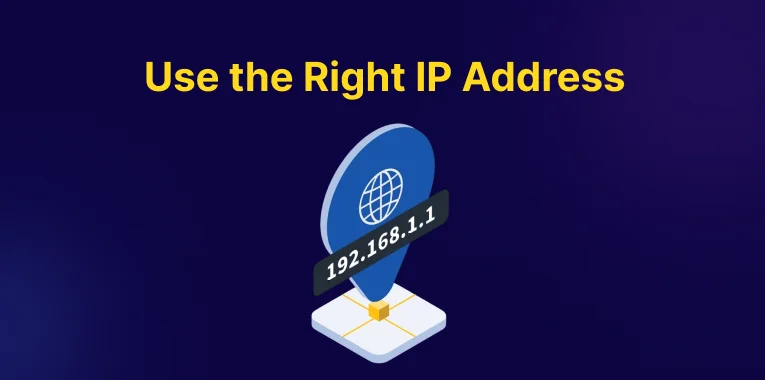
If you send small volumes of email, you’re fine using a shared IP. But if your business sends 25,000+ emails per day, you should switch to a dedicated IP address, your private sending lane.
When you start with a new IP, don’t send all your emails at once. Slowly increase your sending volume over days or weeks.
This “warming up” process builds trust with email providers. Skipping this step can make your emails look suspicious, which could get your IP blocked.
3. Make Sure People Want Your Emails
Your list of email addresses must have only those who requested to be contacted by you. Never send to strangers, or acquire an email list; these are the fastest paths to getting spam complaints and damaging your deliverability.
Utilize the double opt-in whereby upon registration, the user receives an email confirmation, and only after clicking on the confirmation button does he or she join your list. This guarantees that you will be communicating and emailing only those people who really want to see your site.
4. Write Honest and Clear Subject Lines

Your subject line is like the front door to your email. If it looks shady or too pushy, people won’t open it, and worse, they might report it as spam.
Also, exclude spam phrases such as “FREE!!!”, “Limited Time Offer Before It’s Too Late.” Don’t be misleading – focus on the real value or benefit located within the email. A simple, truthful subject line that builds trust over time and keeps you inbox.
5. Give Subscribers Control Over Frequency
Not everyone wants daily emails. One wants to receive information in a weekly format, while the other prefers a monthly newsletter.
A preference center allows your subscribers to select the frequency with which they want to be communicated with by you. The very fact that people feel they are in control increases the likelihood that they will maintain their subscription, and that will improve your deliverability.
6. Regularly Clean Your Email List
Keeping old or inactive email addresses on your list is like carrying dead weight. These contacts never read your emails, and email providers track that.
Unsubscribe individuals who have not participated in a long time, every few months. This makes your list healthy and your activity rates high, which inbox providers adore.
7. Avoid Spam Traps
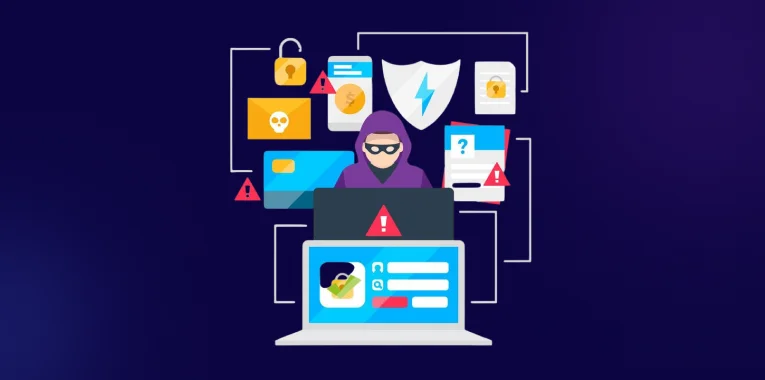
Spam traps are just some unique email addresses set up by email providers in order to catch spammers. When you send mail to one of these, you are automatically flagged.
How do you avoid them? Do NOT purchase email lists, do NOT email anyone not specifically subscribing directly to you. In addition, clean your list regularly to get rid of the old or non-responding addresses.
8. Send Content People Look Forward To
Inbox providers watch how people interact with your emails. If they follow, open and read them, they know that you are a trusted source.
It implies that what you are essentially telling people must either have value, it must be relevant, or be quite interesting to your audience. Easier delivery will come when your subscribers are happier.
9. Track Your Email Performance
Don’t just send emails blindly; keep an eye on your numbers. Some important metrics to watch:
- Bounce Rate – Shows how many emails were not delivered. Too high? You may have bad addresses.
- Spam Complaint Rate – If this rises, people may not like your content or frequency.
- Open & Click Rates – Low numbers here could mean your subject lines or content need work.
- Inbox Placement – The percentage of your emails that actually land in the inbox.
Checking these regularly lets you catch problems early and fix them before they hurt your sender’s reputation.
10. Have a Sunset Policy for Inactive Users
If someone hasn’t opened your emails in months, don’t keep sending to them forever. Inactive users hurt your engagement rates, and inbox providers notice.
Re-engagement campaign seems to be the first step: a special email that inquires whether they still wish to receive messages. Note that, when they do not respond, eliminate them from your active list.
Real Life Example
1. LinkedIn – Blocking Fake Emails with a Strict “Reject” Policy
The Challenge:
LinkedIn was being frequently impersonated in phishing emails, putting both users and the platform’s reputation at risk.
What They Did:
They implemented DMARC with the strict “p=reject” policy—meaning any unauthenticated email claiming to be from LinkedIn is automatically blocked.
Results:
100% block rate for spoofed emails detected by DMARC
90%+ reduction in phishing reports from LinkedIn users
More stable inbox placement for LinkedIn’s marketing and notification emails
Key Insight:
Enforcing a strong DMARC policy keeps fake emails out, boosting inbox safety and brand credibility.
2. PayPal – Securing Their Sender Reputation
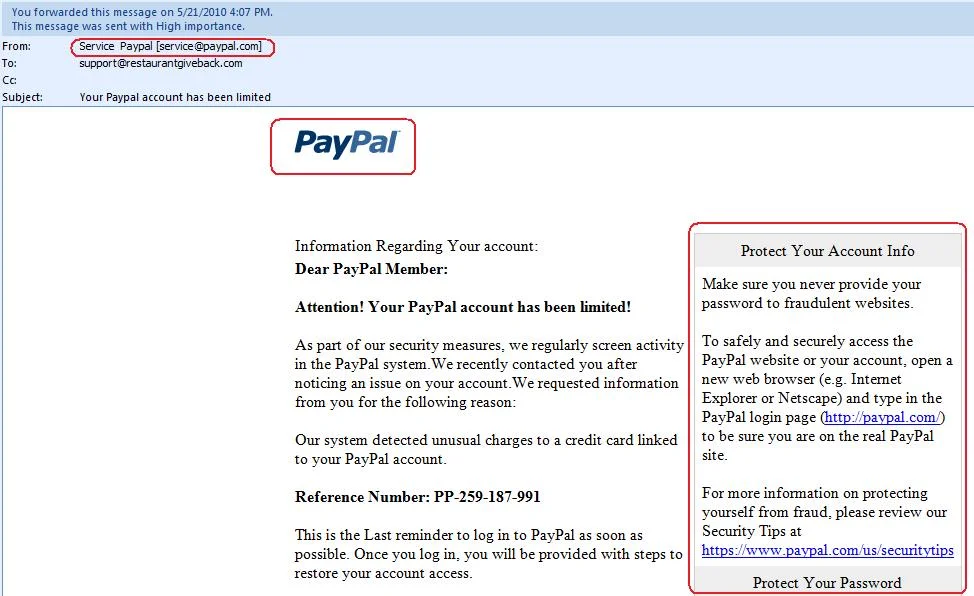
Challenge:
Prevent spoofing and phishing emails from damaging PayPal’s trust and deliverability.
What They Did:
- Implemented SPF, DKIM, and DMARC for strong email authentication.
- Set up policies to block unauthenticated messages claiming to be from PayPal.
Results:
- 99%+ drop in phishing emails impersonating PayPal
- Marked improvement in inbox placement for official PayPal emails
- Significant reduction in spam-related complaints from users
Conclusion
Email deliverability isn’t about luck; it’s about doing the right things, every time.
By ensuring that you protect your domain, only send to folks who want your emails, your subject lines are honest, and your list is clean, you will find that more of your messages will get to the inbox.
Big brands like LinkedIn and PayPal have shown that even small changes, like setting up proper authentication or blocking fake emails, can make a huge difference. You don’t need a massive budget to do the same; just follow the best practices consistently.
You know – once an email lands in the spam folder, there is nothing left of that effort. Concentrate on sending to the right individuals, in the right manner, and you shall get greater opens, clicks, and outcomes for your business.
